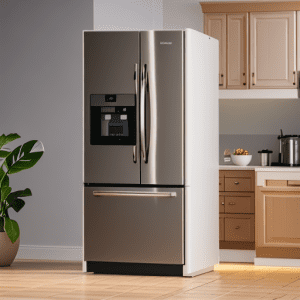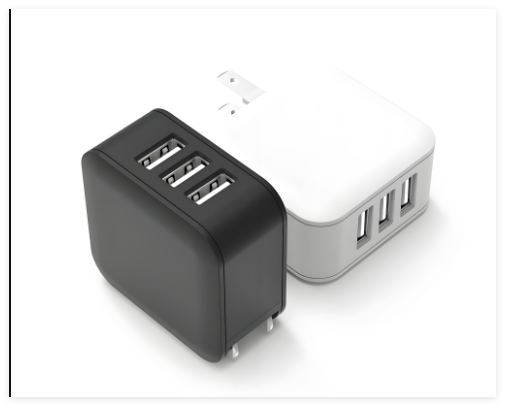What is the price range of smart home appliances?
The price range of smart home appliances is very broad, from smart plugs costing a few tens of yuan to high-end smart refrigerators costing tens of thousands of yuan, with a huge difference in price. This is mainly due to the differences in functionality, brand, technological content, and market positioning of smart home appliances. The smart home appliance market is rapidly developing. According to a report by the International Data Corporation (IDC), it is expected that by 2025, the global smart home device market size will reach 277 billion US dollars.

Smart home appliances can attract consumers largely because they can provide a more convenient, comfortable, and energy-saving living environment. For example, smart air conditioners can automatically adjust according to indoor and outdoor temperatures, smart refrigerators can monitor the storage of food and remind users, and smart lighting systems can automatically adjust the brightness according to ambient light and user habits.
However, the popularization of smart home appliances also faces some challenges. The first is the issue of price; the relatively high price of high-end smart home appliances may limit the willingness of some consumers to purchase. The second is the issue of technical standards and compatibility; there may be compatibility issues between smart home appliances of different brands and models, which has caused some trouble for consumers. The last is the issue of data security and privacy. Smart home appliances collect and store user data, and how to protect the security of this data is also an urgent problem to be solved.
As an expert in the new energy industry, I believe that the combination of smart home appliances and new energy will be an important trend for future development. With the widespread application of renewable energy such as solar and wind energy, smart home appliances can be combined with these energy systems in a more intelligent way to achieve efficient energy utilization and energy saving and emission reduction. For example, smart home appliances can automatically adjust the power consumption mode according to the family’s electricity usage habits and the supply of renewable energy, thus reducing the dependence on traditional energy.
In general, the price range of smart home appliances from low to high meets the needs of different consumers. With the progress of technology and the maturity of the market, I believe that smart home appliances will enter thousands of households with more affordable prices and more complete functions, bringing people a more intelligent and environmentally friendly way of life.



Post Comment